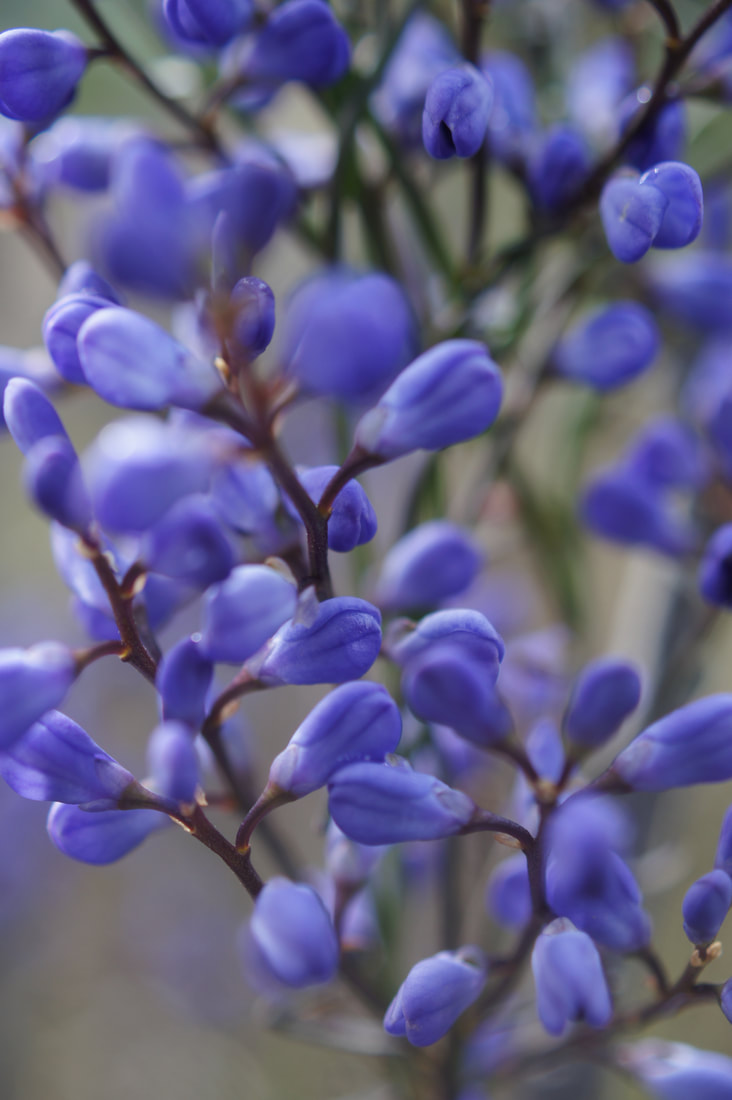Maps can mark landscapes by roads, rivers, towns, geological features and vegetation communities, but they can't mark what's special about a place. Sometimes we think special places are somewhere else, great cities, remote wilderness, places we long to visit.
But special places are more about the common place as the rare, about the everyday as much as the endangered, and about the ordinary as much as the spectacular. Special places are about the detail and accumulation held together by what places mean to us.
It's important for us to develop ways to remind us that every place is special, distinctive and worth appreciating, because special places are about the rich tapestry of our lives. A tapestry that maps our sense of history, our sense of pride, and our sense of place. A journey of lives and loves. A journey of people.
This journey can't be marked on a map, because this journey is marked in stories, stories handed down from one generation to the next.
These stories allow us to savour and care about our landscapes. It allows us to be specific, to name in detail our surrounds. This is the hill where the aborigines camped, this is where the river flowed before the 1929 floods, this is where the blue love creeper grows (pictured above), this is where the willy wag tail lives, this is the tree bough that knocked my father-in-law off his horse and why his shoulder hurt. Our landscape provides us with a sense of place, pride and belonging, subtly etched in our minds, and native vegetation provides us with landmarks on our journey.
When we attach meaning or a name, it brings us closer to the ground. It takes the grey/green out of our mind and allows the detail of our exquisite landscape reflect in our eyes. This connects us to the earth and what lives beneath our feet, what we can see, hear, feel, smell and touch. It makes us more awake. The closer we can get to what's in front of us, the more it can teach us everything.
But special places are more about the common place as the rare, about the everyday as much as the endangered, and about the ordinary as much as the spectacular. Special places are about the detail and accumulation held together by what places mean to us.
It's important for us to develop ways to remind us that every place is special, distinctive and worth appreciating, because special places are about the rich tapestry of our lives. A tapestry that maps our sense of history, our sense of pride, and our sense of place. A journey of lives and loves. A journey of people.
This journey can't be marked on a map, because this journey is marked in stories, stories handed down from one generation to the next.
These stories allow us to savour and care about our landscapes. It allows us to be specific, to name in detail our surrounds. This is the hill where the aborigines camped, this is where the river flowed before the 1929 floods, this is where the blue love creeper grows (pictured above), this is where the willy wag tail lives, this is the tree bough that knocked my father-in-law off his horse and why his shoulder hurt. Our landscape provides us with a sense of place, pride and belonging, subtly etched in our minds, and native vegetation provides us with landmarks on our journey.
When we attach meaning or a name, it brings us closer to the ground. It takes the grey/green out of our mind and allows the detail of our exquisite landscape reflect in our eyes. This connects us to the earth and what lives beneath our feet, what we can see, hear, feel, smell and touch. It makes us more awake. The closer we can get to what's in front of us, the more it can teach us everything.

 RSS Feed
RSS Feed